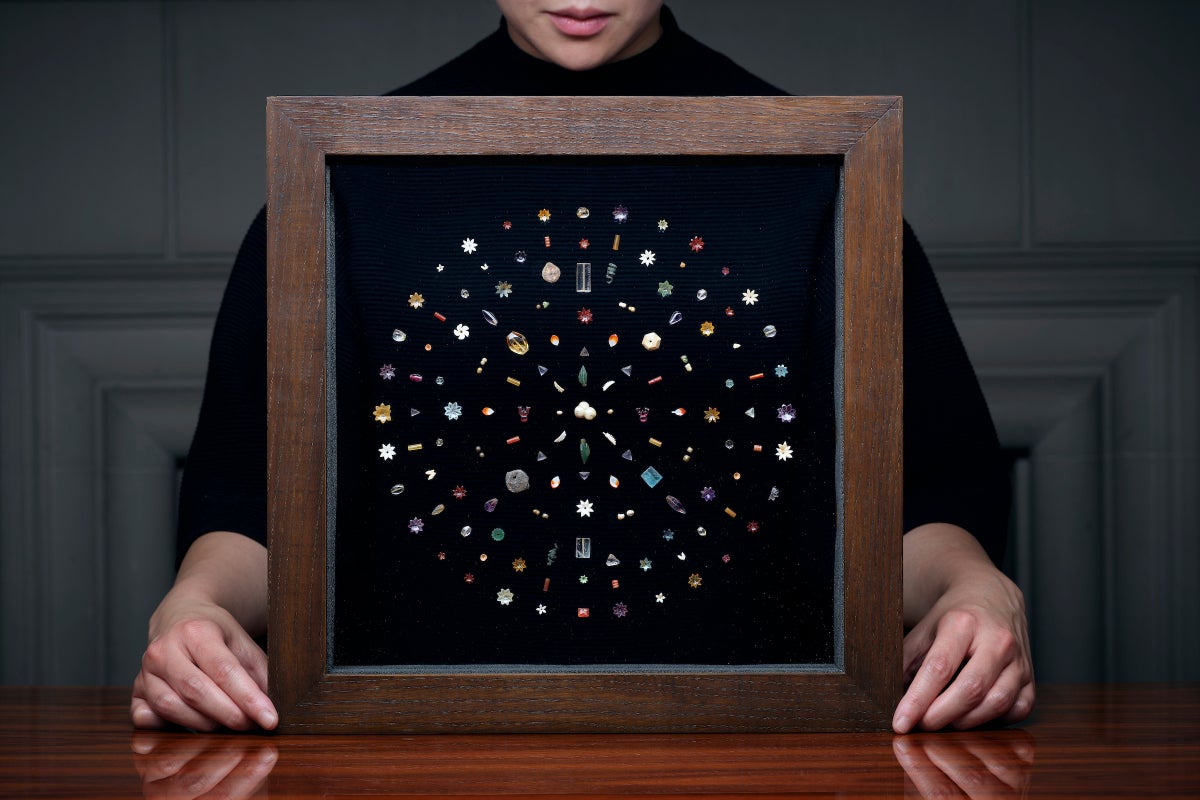A significant cultural milestone has been achieved as Sotheby’s, the renowned auction house, completed the historic repatriation of ancient gems linked to the Buddha, returning them to India. This event marks a poignant moment for India’s rich cultural heritage, bringing home relics deemed profoundly sacred and integral to the nation’s spiritual identity. The move comes after considerable international pressure and reflects a growing global recognition of the importance of restoring culturally significant artifacts to their countries of origin.
These invaluable ancient gems are believed to include offerings made during the reinterment of Buddha’s remains, an event that occurred over two centuries after his passing around 480BC. Their discovery was attributed to William Claxton Peppé, a British colonial official and amateur archaeologist, who unearthed them at a site in Piprahwa. While some parts of the discovery were historically directed to colonial museums, the specific collection in question ultimately came into the possession of Sotheby’s, slated for a significant auction.
The planned auction in Hong Kong quickly ignited a fierce diplomatic and cultural dispute. The Indian government vehemently accused Sotheby’s of “participating in continued colonial exploitation,” asserting that the relics held immense religious and cultural significance beyond mere archaeological specimens. This strong stance underscored India’s unwavering commitment to reclaiming its heritage, leading to a direct demand for the gems’ repatriation and the threat of legal action against the sale.
India’s culture ministry articulated its position clearly in a legal notice, emphasizing that these “duplicate jewels” constitute an “inalienable religious and cultural heritage of India and the global Buddhist community.” The ministry insisted that the relics must be treated not as ordinary antiquities but as the “sacred body” of the Buddha himself, deserving of utmost veneration. This assertion highlighted the deep spiritual connection the nation holds with these ancient artifacts, transforming the auction into a major international incident concerning cultural property.
The return of the sacred Piprahwa relics elicited profound joy and national pride, with Indian Prime Minister Narendra Modi describing the day as “joyous for our cultural heritage.” In a widely shared post on X, he expressed that it would “make every Indian proud that the sacred Piprahwa relics of Bhagwan Buddha have come home after 127 long years.” His sentiments underscored the government’s dedication to preserving and protecting India’s glorious cultural traditions, seeing the repatriation as a testament to the nation’s historical legacy and its close ties with Buddhist teachings.
Sotheby’s, through a statement by Pirojsha Godrej, executive vice chairperson of Godrej Industries Group, acknowledged the significance of the moment. Godrej stated, “We are deeply honoured to contribute to this historic moment. The Piprahwa gems are not just artefacts, they are timeless symbols of peace, compassion, and the shared heritage of humanity.” This partnership with the Government of India was presented as a reflection of Sotheby’s “deep commitment to preserving cultural legacies for future generations,” indicating a shift towards more ethical practices in the trade of ancient artifacts.
The successful repatriation of these ancient Buddha relics sets a powerful precedent for future discussions surrounding colonial-era acquisitions and the restitution of cultural property. It reinforces the principle that items of profound religious and national significance should reside in their place of origin, accessible to the communities from which they were taken. This event serves as a significant victory for India and a compelling example of how international cooperation can address historical injustices in the realm of cultural heritage.






Leave a Reply